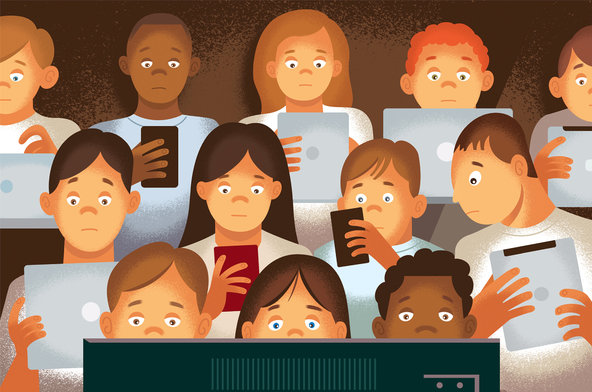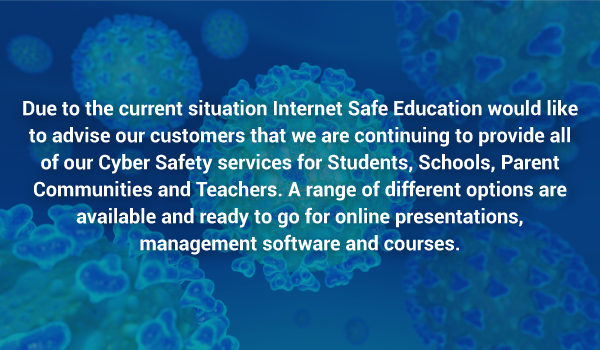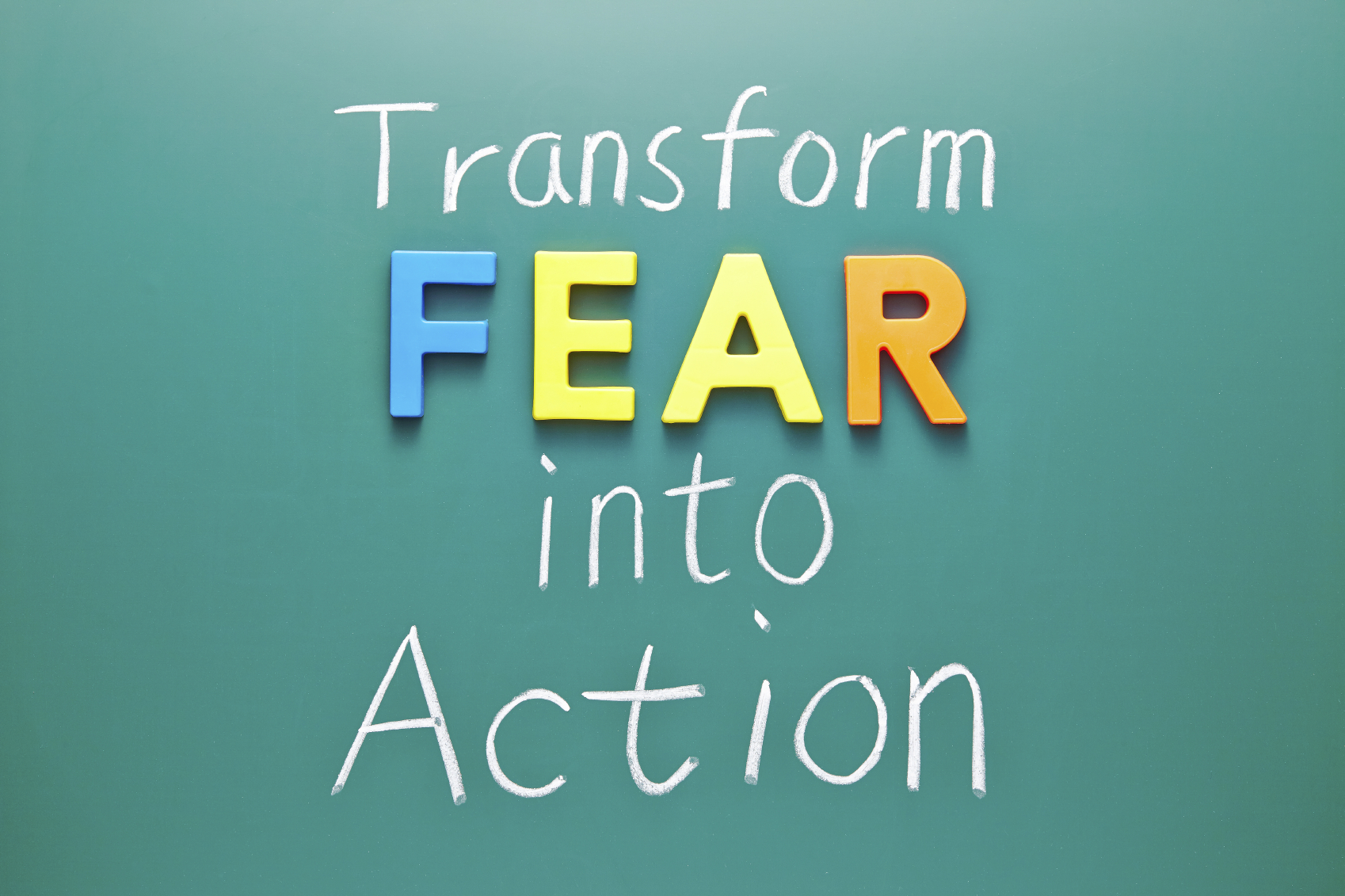
You can practically hear the click, tap, swipe, click, tap, swipe coming from this image. They all look like entranced technology zombies, but we know that children and teens can thrive and enjoy technology without becoming addicted. However, after a long, long Summer school holidays with those two bonus weeks there at the end screen time limits seem to be a distant memory. It’s challenging when parents are returning to working or working from home while trying to provide 24/7 entertainment for children. We can often feel guilty when we feel they are getting a little too much screen time but truthfully, we are living in an unprecedented time where we are facing challenges we have never had to worry about before. Although we could all cut ourselves a little slack it is important to keep a close eye on changes in their behaviour because technology addiction can start small but can rapidly get out of control.
Defining Technology Addiction
Technology addiction is a general term describing obsessive technology behaviours including online gaming, gambling, or shopping, excessive social media usage, compulsive texting, or YouTube surfing. With the two most addictive forms of technology being social media and gaming. Technology is a tempting mistress and addiction to it is very real.
What are the signs
The Australian eSafety Commissioner conducted a study on the digital lives of teens in late 2020 which revealed that teens spend an average of over 2 hours per day online on a range of activities. Your child may spend more time or less time per day, but you know your child better than anyone, the subtle differences in their habits, moods and usage can be early warning signs. So, what should you be looking for?
- Prioritising screentime above all other activities and losing interest in other offline activities they once enjoyed like playing outside with friends after school
- Displaying aggressive, anxious, withdrawn or out of character behaviour when unable to access technology
- Obsessively talking about screentime when away from technology
- Secretive behaviour – withholding password details, locking doors, and disregarding the rules sneaking technology into their room after lights out
- Using technology as a mood moderator
- Unusual or deleted website history
- Disruption in sleep patterns
Not just our children
Children model the behaviours they witness, and we are all guilty of checking our work emails, social media or cricket scores a little more often than we should. No judgement here – in the modern world we live in we rely on our phones, iPads and laptops as an alarm, a calendar, for internet banking, for work, for exercise, for entertainment, to find out information and to communicate locally, nationally, and globally. Have you ever lost your phone? Where you in a state of ‘everything is on that phone’ panic. Our devices and social media apps create instant satisfaction of our desire for social connection and are designed to trigger that motivating dopamine response.
The Science behind technology addiction
The tricky thing about technology is a perfect storm for addictive behaviour. Technology and specifically gaming and social media, trigger the release of endorphins and dopamine, the feel-good chemicals in our brains. As humans we are actively seeking this feeling without consciously knowing. These triggers are similar in gambling and drug addiction. If something feels good naturally, we are going to continue to increase our time spent doing a particular activity. We want our children and teenagers to enjoy technology as it is fun, social, and educational however we have to teach them the difference between enjoying it and not being able to function without it.
The excessive use of technology can also affect the brain and how it functions. It affects our ability to focus and make decisions, decreases our memory function which control our cognitive skills and can make us more impulsive.
Another huge consideration is the effect of the blue light emitted from devices. Blue light interrupts our body’s ability to recognise the sleep hormone Melatonin. Therefore, if your child or teenager is using devices with artificial blue light at night the body is convinced it is day thus disrupting sleep patterns.
How can we prevent it?
If you see the signs of addiction in your child or teenager, it can be worrying, and your first reaction may be to completely ban technology. I implore you to take a minute to think about instinctive human behaviour, if you are told you cannot do something, even as an adult, you brain will not be able to think about anything but doing that one thing you have been told you can’t. Instead make it collaborative and if you feel that your child’s screen addiction is to a point where you need outside support don’t be afraid to seek help.
- Open an honest communication
- Set rules and boundaries as a family
- Create a Family Digital Contract outlining appropriate and agreed upon amount of screentime per day including the types of technology they can access
- Create opportunity and encourage non-screen related activities
- Use monitoring apps to keep an eye on their screentime habits
- Keep it safe and supportive
Every parent session I hold screen time is one of the major concerns expressed by parents. They are all looking for an all-encompassing guide to how much screentime should my child have per day. The truth is it has to be right for your family. Some children are using iPads or Laptops for schooling which will increase the amount of daily screentime. Some may only use it for fun. But remember, technology addiction doesn’t directly correlate with the number of hours spent online but more the change in behaviour and their relationship with technology.


